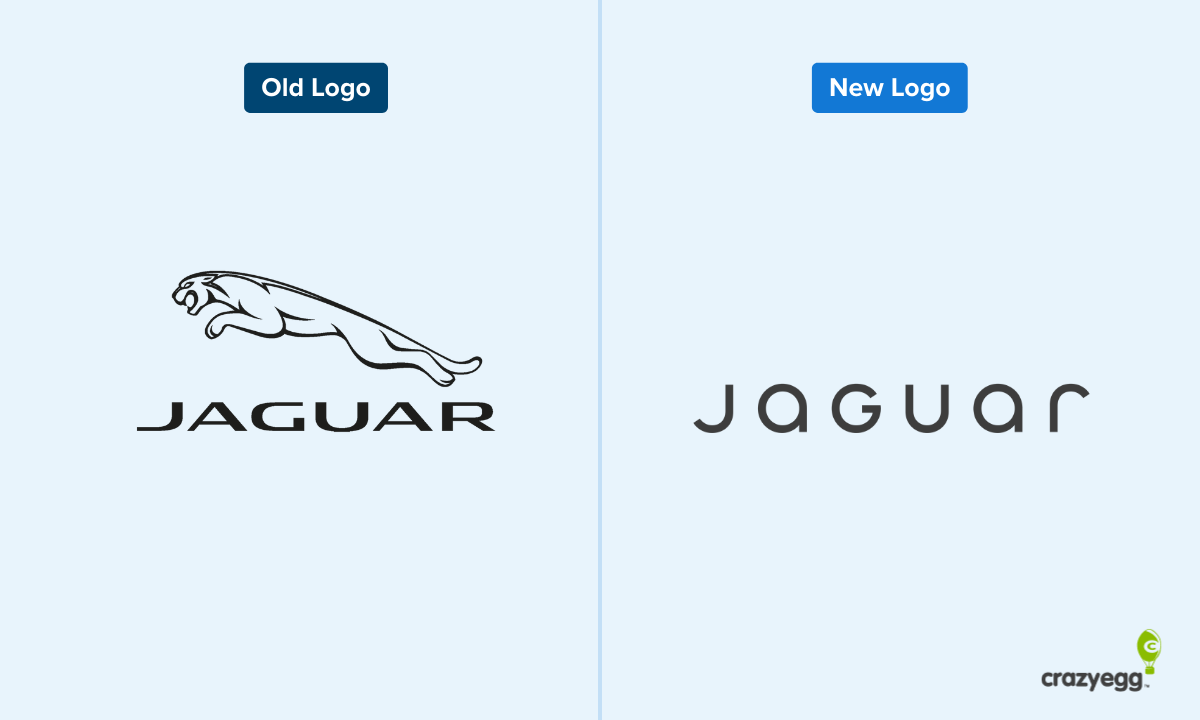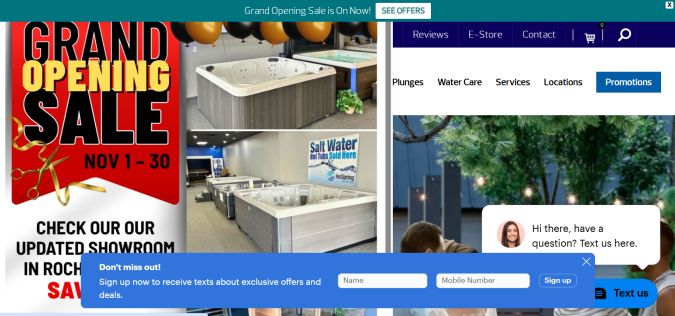I recently had a conversation with a client that went like this:
Client: Does it really matter what my website looks like?
Me: Yes, it definitely does.
Client: Why?
Me: Because people will judge your company based on the quality of your website, whether that’s fair or not.
That ended up being a good enough answer, prompting him to give the go ahead to redesign his site.
But the question made me stop and consider:
How do you prove good web design makes a difference online?
Sure, every web designer will tell you that design has a profound impact, which is an intuitive answer, but what evidence is there that supports the claim?
Here’s what I found out.
A Study About Health Websites
Later in the week after my conversation with the client, I came across a study referenced by Derek Halpern of Social Triggers. It was titled Trust and Mistrust of Online Health Sites. I thought it might provide insight about web design, so I checked it out.
The goal of the study was to answer this question:
How much impact does design have on trust and mistrust of health websites and how much impact does the quality of the content have?
The results were nothing short of astounding.
For the test, 15 participants were directed to search the internet for health information that was relevant to them, and then they were asked to discuss their first impressions of the websites they visited.
Of all the factors that were mentioned for rejecting or mistrusting a website, 94% were design related; only 6% were content related.
Can you believe that?
When deciding whether or not they trusted a health website, participants mentioned design related issues 15 times more than content related issues. That’s incredible.
Specific design problems that led to rejection or mistrust were:
- Inappropriate name for the website
- Complex, busy layout
- Lack of navigation aids
- Boring web design, especially use of color
- Pop up advertisements
- Slow introductions to a site (splash pages, slow-loading flash introductions, etc)
- Small print
- Too much text
- Corporate look and feel
- Poor search facilities/indexes
These kinds of complaints accounted for 94% of the reasons that users rejected or mistrusted a site. Here’s a quote from the study that sums this up:
“The look and feel of the website was clearly important to the participants. Visual appeal, plus design issues relevant to site navigation appeared to exert a strong influence on people’s first impressions of the site. Poor interface design was particularly associated with rapid rejection and mistrust of a website. In cases where the participants did not like some aspect of the design the site was often not explored further than the homepage and was not considered suitable for revisiting at a later date…The main reason that websites were rapidly rejected was due to the design of the interface. Design issues affected first impressions and could lead to the mistrust of a website.”
Here are some samples of what specifically some of the study participants had to say about the poorly designed sites:
“[On] one of them I didn’t like the color of [it]. I couldn’t wait to get out. It was an insipid green backdrop. It just put me off reading it.”
“There was nothing I liked about it at all. I didn’t like the colors, the text, the layout.”
“I found the screen too busy. I couldn’t quite latch onto anything straight away.”
As you can see, design has a significant impact on website visitors. Not only does it affect them, but as this study shows, it is the most influential factor in whether people trust or mistrust a site.
Most web designers know this without reading a paper, but this study confirms that design elements as simple as color, layout, text block size, and navigation can make a difference when trying to increase conversions online.
Just in case this study doesn’t provide enough proof for you, here is more insight on design from the realm of packaged goods.
Customer Perceptions and Packaging Design
Web design is similar to packaging design for consumer goods. In both cases, people pay for the product or service, but they’re also influenced by the “packaging.”
This is discussed in the book Blink by Malcolm Gladwell. Chapter 5 of the book discusses the effect packaging design has on customer perception, citing case studies from Cheskin, a well known marketing research and insights company.
Years ago, Mr. Cheskin, the company founder, came up with a theory that consumers don’t make a distinction between a product and it’s packaging. Instead, in consumer’s minds, the product is a combination of the packaging and the product.
Based on this theory, packaging matters a lot because it provides a customer’s first impression with a brand. Mr. Cheskin’s company went on to test this theory, and here are some of the results they’ve found:
- If you add 15 percent more yellow to the green on 7 UP packaging, people report that it has more lime or lemon flavor, even though the drink itself was left untouched.
- On a can of Chef Boyardee Ravioli, a picture of a close up of a real human face influences perceived quality more than a full body shot or a cartoon character.
- In the Hormel logo, adding a sprig of parsley between the ‘r’ and ‘m’ causes customers to perceive the products as being more fresh.
As these examples show, packaging impacts customer impressions so much, the perceived quality and taste of the products can be affected.
This is true for packaged goods, and it’s true for websites.
The application for web design
A website’s design often provides the first impression customers have of a company. If the design is outdated, disorganized, cluttered, or uses unappealing colors, it creates a poor first impression.
Going back to the original conversation used to introduce this blog post, after designing my client’s new site, I asked two co-workers whether they would be more likely to purchase from the old site, which was old and outdated, or the new site, which was built based on modern web design standards. Here’s what they had to say:
- “I would trust [the new site] because you would assume that if they have enough money to produce a nice looking website, they have enough money to pay for more security.”
- “I would buy from the [new] one. The [old] site looks too simple, almost as it was thrown together quickly, and it [has] too many icons down the right column which gives me a slight feeling that it may not be legitimate.”
Based on these answers and the studies above, good web design has a significant impact on potential customers.
If you’re about to build a site or if you’re considering a redesign of a current one, it’s not necessary for your website to be the most beautiful site online, but it does need to look good. It needs to convey quality and professionalism with an organized, uncluttered layout, good use of appealing colors, and text blocks that are easy to read.
These studies show that it’s worthwhile to invest in a good web design because in the end, customer perception is what really matters.






